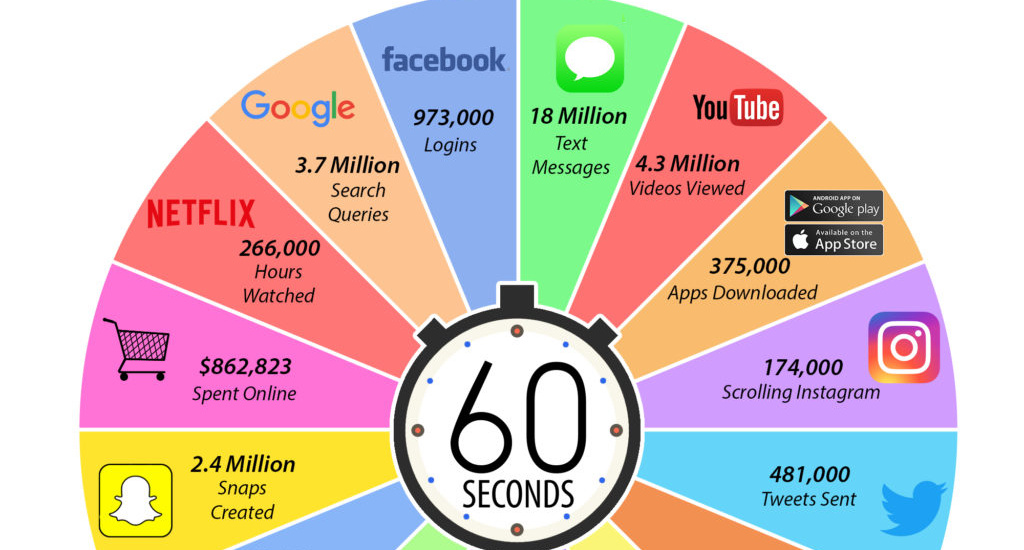1. The Hubble Space Telescope: Launched in 1990, Hubble revolutionized our understanding of the universe, provided stunning images of distant galaxies, and helped refine the age of the universe.
2. Mars Rovers (Spirit, Opportunity, Curiosity, and Perseverance): These rovers have explored the surface of Mars, provided valuable scientific data, and searched for signs of past or present life.
3. International Space Station (ISS): A collaborative effort involving various nations, the ISS serves as a habitable research laboratory in space and has been continuously occupied since 2000.
4. Space Shuttle program: NASA’s space shuttle fleet was instrumental in deploying and repairing satellites, conducting research, and building the International Space Station. It operated from 1981 to 2011.
5. SpaceX Falcon 9: This reusable launch system significantly reduced the cost of accessing space and played a key role in the commercialization of space flight.
6. Lunar Reconnaissance Orbiter (LRO): Launched in 2009, LRO mapped the moon’s surface, searched for potential landing sites, and provided insights into the moon’s geology and resources.
7. Voyager spacecraft: Launched in 1977, the twin Voyager spacecraft performed flybys of Jupiter, Saturn, Uranus, and Neptune, providing detailed information about each planet and their moons.
8. Kepler Space Telescope: Kepler employed the transit method to discover thousands of exoplanets, significantly expanding our understanding of planetary systems and the potential for life beyond Earth.
9. New Horizons: Launched in 2006, this spacecraft gathered data about Pluto and its moons, providing the first close-up images of this distant dwarf planet.
10. Artemis program: Currently underway, Artemis aims to return humans to the Moon by 2024, establishing a sustainable presence and paving the way for future crewed missions to Mars.

